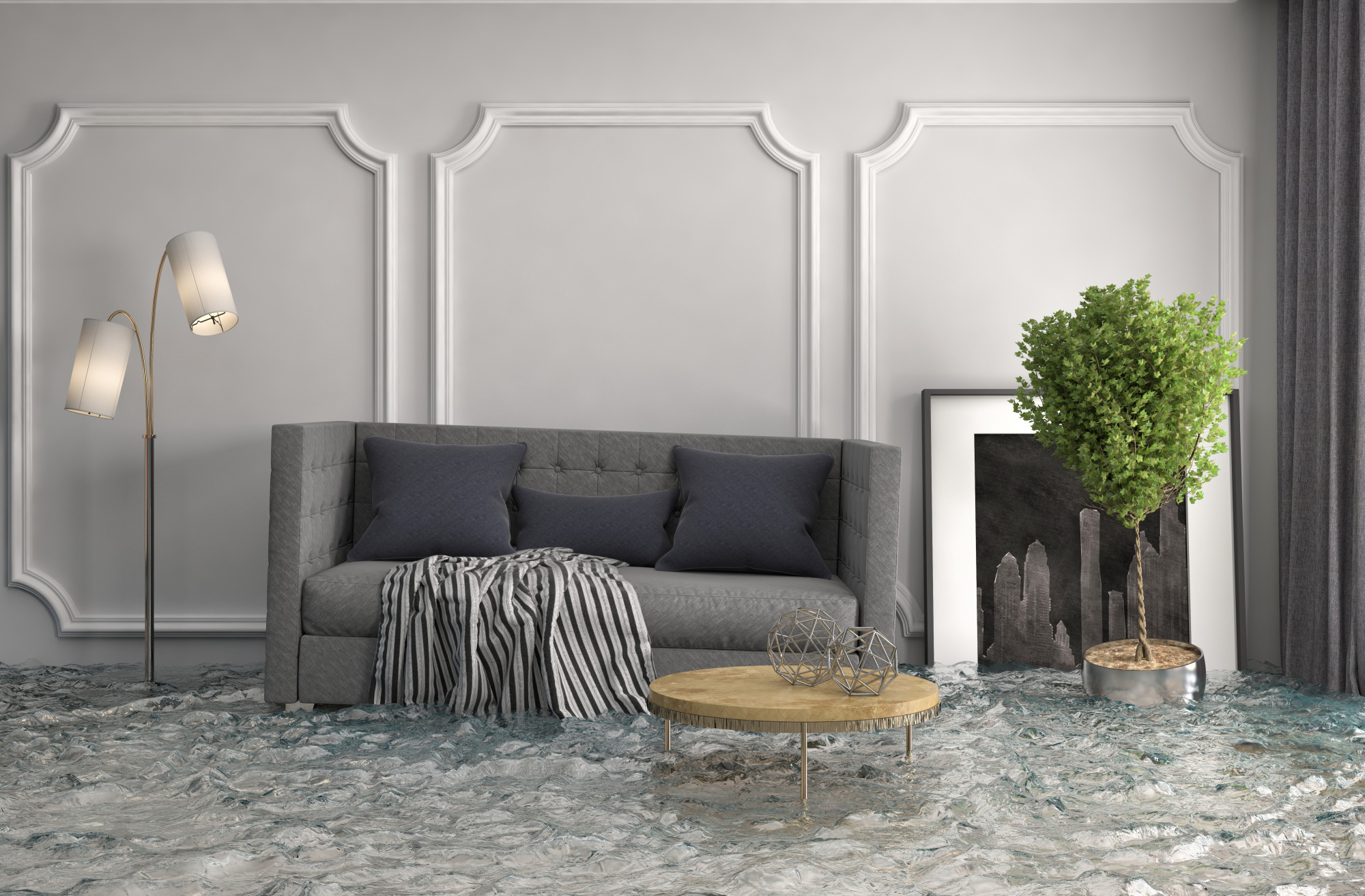Repairing flood damage in a single-family home is expensive. While the average cost is roughly $2600, some homeowners pay up to $9000. In addition, there may be additional expense related to mold and mildew treatment.
This type of repair expense can be crippling. In some cases, a standard home insurance policy will not cover flood damage. The insurance company may deny a claim if you do not carry additional flood insurance.
Read on for a comprehensive guide to flood damage repair. Explore what to do if your home floods and how the repair process is started.
First Course of Action
Walking into a house with an inch or two of resting water is terrifying. In most cases, the homeowner is stunned and doesn’t know where to start.
The first step is contacting your insurance company. Your goal is to find out if your policy covers flood damage. The answer to this question is self-evident if you have coverage through the National Flood Insurance Program (NFIP).
If you are fortunate enough to have flood insurance, now is the time to get intimate with the coverage terms.
Specifically, learn what your coverage limit is and if there are any exclusions. You should also inquire about any government assistance programs or funding that may be available.
The insurance company will respond to your claim by sending out an insurance adjuster. This person is here to assess the damage and document the losses.
Document the Flooding and Damage
Just because you have an appointment with the insurance adjuster does not mean you should sit idle. Start off by taking photos of the flooding.
You should place particular attention on any areas with resting water. In addition, create an inventory of all the items that were damaged by the water.
This may include area rugs, sofas, and other furniture items. Documenting the evidence could become important if there is a dispute with the insurance adjuster.
Start the Cleanup
Do not wait for the adjuster to arrive before starting the cleanup operation. For starters, you now have photographic evidence of the flooding and any correlating damage.
Perhaps more important is that you may be able to salvage some items. Start off by removing any items from resting water.
The next step is to remove water from the home. Depending on the volume, this could require significant effort and additional equipment.
You may need to rent a water pump and high-powered fans from the local tool store. The goal is to get the water out before it causes additional damage.
The fans are intended to start the drying process. In some cases, you will need professional services like The Flood Team Water Clean Up & Drying Service.
Also, you are going to have an urge to discard or throw away irreparable items. Resist this urge and keep these items as proof of loss.
A Recap of Flood Damage Repair
Significant flooding has the potential to devastate your home. Start off by contacting the right people and documenting the evidence.
Then, get to work and start cleaning up the damage. If you enjoyed this article about flood damage repair, check out our blog for other great content.

